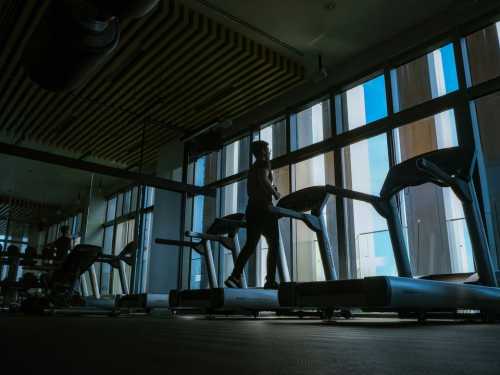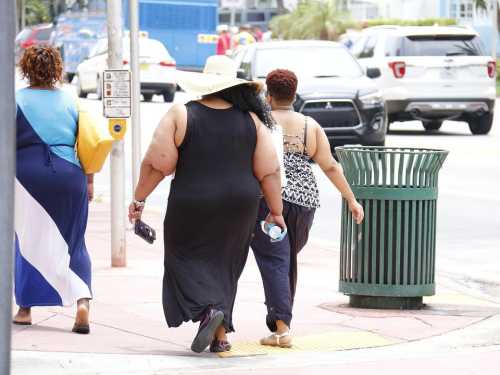 disruptors />
disruptors />
Sweden have a reputation for ‘almost winning’ in the last decade.
In their last eight international tournaments, they finished runners-up at the 2016 Rio Olympic Games, came third at the 2019 Women’s World Cup, and most recently, lost in the final to Canada on penalties at the Tokyo Olympics campaign in 2020.
There is a silver lining. Sweden are still regularly appearing in finals, and their consistency and persistence could make them one of the tournament’s biggest disruptors.
Let’s take a little look at how they like to play…
- Women’s World Cup: teams, schedules, fixtures, matches and dates
- Women’s World Cup kits: England, Republic of Ireland, and USA among kits already released
- Women’s World Cup predictions: pundits, players, and reporters have their say
A fluid system, full of fluid players
Sweden seamlessly alternate between a 3-4-3 and a 4-3-3, which means they excel in a high-speed, counter-attacking system.
Trending
- Transfer Centre LIVE! Caicedo, Onana and Kane latest
- Maguire ‘not short of options’ | Defender unhappy with Man Utd treatment
- Ten Hag ruthless but skilful in managing change at Man Utd
- Papers: Chelsea keen to beat West Ham, Spurs and Newcastle to Maguire
- Man Utd have broad agreement with Inter for Onana deal
- Why Arsenal could regret letting ‘super complete’ Balogun go
- Premier League transfers: Club by club
- Rashford agrees new five-year Man Utd deal in principle
- Inter Milan switch focus from Lukaku to Arsenal’s Balogun
- Sexualised and ill-fitting: Is women’s sport kit fit for purpose?
- Video
- Latest News
Blink, and you might miss them switching from defence to attack, usually with an outspoken No 10 – either Kosovare Asllani or Fridolina Rolfo – leading the line.
Stretching opposition defences with complex, interchangeable styles is a norm; players are not afraid to slip in and out of shape.
Also See:
Nathalie Bjorn is a prime example of that.
The Everton defender plays as a right-back for her club but has often been the defensive pivot replacement for Caroline Seger.
She also has experience operating as a centre-back in a back three, which puts her in contention to fill three different squad positions.
That’s what makes Sweden so dangerous as a collective unit: you are not so sure where players might end up, but one thing is for sure, adaptability is not a problem.
- Women’s World Cup: How to win a major tournament with England
- Women’s World Cup: US Women’s National Team remain favourites despite off-field issues
- Sam Kerr: How Chelsea striker’s legacy can inspire Australia at the Women’s World Cup
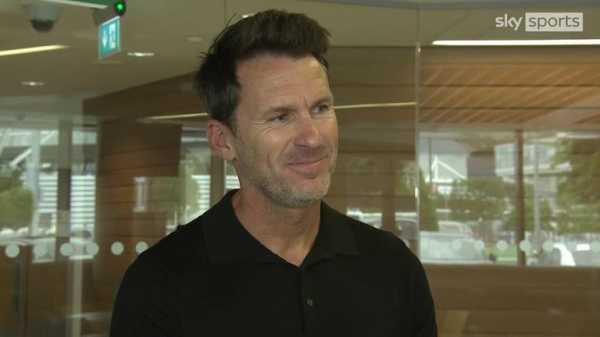
Man City Women’s head coach Gareth Taylor shares his predictions for the Women’s World Cup and how well England could do
Experience in abundance
From front to back, the number of goals, assists, and appearances rack up into the hundreds.
For starters, Jennifer Falk is the most experienced goalkeeper in the Sweden squad, with 16 caps. She has Zecira Musovic acting as understudy, who has spent a season training under Emma Hayes’ careful tutelage.
Then in defence, Magdalena Eriksson wears the captain’s armband. She’s a five-time Women’s Super League winner, closing in on 100 caps for her country, and crucial to the success of her national team.
In midfield, Asllani and Rolfo have the oldest player on the national team as their anchor in Seger, who has amassed over 230 appearances and is likely playing in her final World Cup.
Twitter Due to your consent preferences, you’re not able to view this. Open Privacy Options
The only caveat for the 38-year-old is that she’s been injured all year and is in a race against time to be fit.
Since last summer’s Euro’s clash with Switzerland, Seger has only racked up 100 minutes of play. She needed surgery for her heel heading into the New Year, and then had her comeback in April disrupted after re-injuring her calf.
Bouts of training here and there do not sow seeds of confidence about potential game time in the tournament. Bjorn might be called into midfield in her stead.
Fortunately, up front, Lina Hurtig, Stina Blackstenius, and Sofia Jakobsson have enough experience from playing in top European leagues to pave over that crack.
Add in a handful of compelling teenagers, and you have a squad that hits on all departments.
Will it be enough to take them one step further than they have ever been before? Swedish women’s football writer Mia Eriksson thinks it’s entirely dependent on their luck and form.
“I think this World Cup could be really competitive because several teams have improved in quality at the same time,” she said.
If Sweden can make everything click and avoid injuries and COVID scares – which they could not do last summer in the Euros – they will be the team to lift the trophy on August 20.
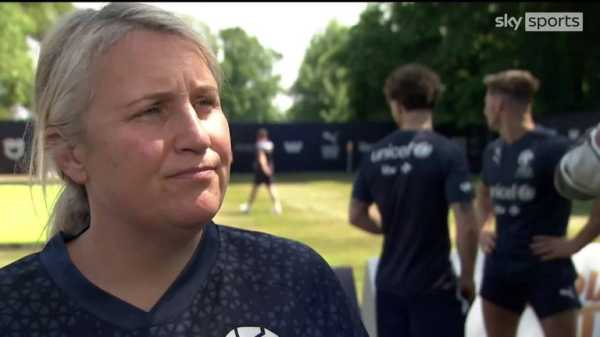
Emma Hayes believes further investment can help women’s football progress after FIFA announced that every player will earn at least twenty four thousand pounds for participating at this summer’s World Cup
- Women’s World Cup: Spanish mutiny, England’s FA row, Jamaica’s rise – the nations fighting for change
- The Offside Rule: Bethany England could be ‘key’ for Lionesses at the World Cup
- The rise of Lauren James: Why the Chelsea forward can be England’s secret World Cup weapon
The ‘Fridolina Rolfo‘ factor
Since moving to Barcelona in 2021, it feels like Rolfo has gone from strength to strength.
She heads into the World Cup on the back of Barcelona winning a continental treble and sbe played a major role in this after scoring the winning goal to complete the comeback over Wolfsburg in the Champions League final.
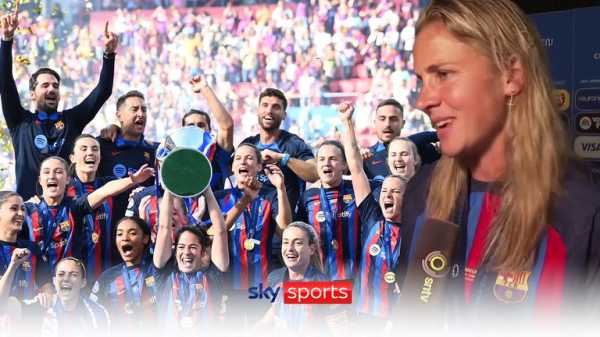
Barcelona came back from 2-0 down to beat Wolfsburg in the Women’s Champions League final to claim their second European title
While she plays in a left-back role for her club, she is still a crucial aspect of the attack, and under Peter Gerhardsson, that has seldom changed.
Sure, she does play slightly higher up the pitch, but her defensive capabilities are a welcome contribution, given that Sweden have sometimes needed more of that from their attackers.
As one of the first defenders out of possession, Rolfo is capable of dismantling opposition counters and recycling the ball back toward her team-mates.
Whether she’s attacking from the left or haunting more central areas of the pitch, she will likely be a thorn in the side of opposing defences, and an essential point of cover should Seger fail to become fit.
- Sofie Junge Pederson: Denmark midfielder leads historic climate change action ahead of World Cup
- The Offside Rule: award-winning podcast returns with daily Women’s World Cup episodes on Sky Sports
- FIFA confirms ‘One Love’ armband ban after controversy at men’s Qatar tournament
How will Sweden line up?
Falk is the first-choice ‘keeper, and she will likely have a strong back four in front of her, made up of Jonna Andersson, Magdalena Eriksson, Amanda Ilestedt and Bjorn.
Elin Rubensson, Filippa Angeldahl, and Asllani could form the midfield, while Rolfo, Blackstenius, and Jakobsson lead the attack.
Watch the award-winning football podcast ‘The Offside Rule’ for expert analysis on all of the Women’s World Cup fixtures, including guest features from former Lionesses and stars of the international game.

Win £250,000 with Super 6!
Another Sunday, another chance to win £250,000 with Super 6. Play for free, entries by 4:30pm.
Sourse: skysports.com

